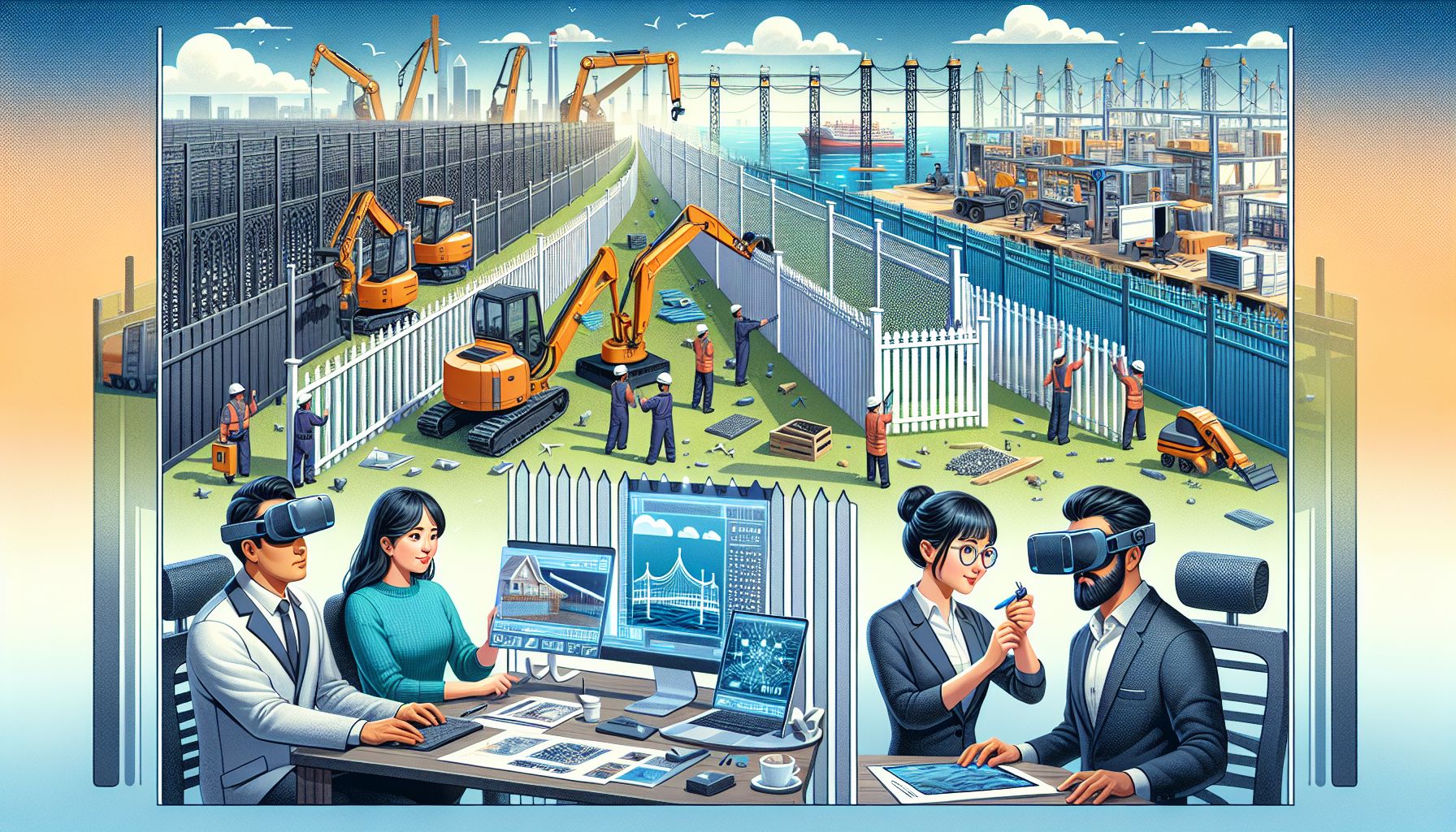The Future of Fencing: Innovations Shaping the Industry
From humble beginnings as a simple means of demarcation, fencing has evolved into a crucial aspect of modern architecture and security. As technology continues to revolutionize every aspect of our lives, the fencing industry has not been left behind. With advancements ranging from smart fencing systems to sustainable materials, the sector is experiencing a shift that promises to redefine the way we perceive and utilize fences.
Smart Fencing Systems: A New Era of Security
One of the most transformative innovations in the fencing industry is the development of smart fencing systems. Nowadays, fences are no longer just barriers; they have become a part of an integrated security network. By incorporating sensors, cameras, and other IoT devices, fences are turning into intelligent guardians that actively monitor and protect the premises they enclose.
These smart fences allow for real-time surveillance and immediate response to any security breach. Whether it’s an unauthorized entry or an attempted vandalism, these systems can detect any suspicious activity and send alerts to the property owner or security personnel. Furthermore, some smart fencing systems even have the capability to deter potential intruders by triggering lights or alarm systems. This level of sophistication not only enhances security but also serves as a deterrent, preventing crime before it even happens.
Sustainable Materials: An Eco-Friendly Approach
In recent years, there has been a growing demand for eco-friendly materials in various industries. The fencing sector is no exception, with a steady rise in the use of sustainable materials. Traditional options such as wood and metal are being replaced by more environmentally friendly alternatives like bamboo, recycled plastic, and composite materials.
Bamboo, for instance, is a highly sustainable option due to its rapid growth and renewable nature. It is not only durable but also provides a unique aesthetic appeal. Recycled plastic offers another sustainable option, reducing waste and minimizing the consumption of virgin materials. Composite materials, made by combining natural fibers with recycled plastics, offer the best of both worlds – the durability of plastic and the aesthetic appeal of wood.
By embracing these sustainable materials, the fencing industry is not only reducing its environmental impact but also meeting the demands of eco-conscious consumers. This shift towards sustainability opens up new opportunities for businesses to position themselves as environmentally responsible and attract a growing market of environmentally conscious customers.
Integration with Automation: Efficiency and Convenience
Automation has become a buzzword across various industries, and the fencing sector is no different. The integration of automation technologies with fencing systems has led to increased efficiency and convenience for both homeowners and businesses.
Automated gates, for example, offer enhanced security and convenience by allowing entry to authorized individuals through secure access control systems. These gates can be operated remotely through a smartphone or integrated with existing security systems. Additionally, automated fencing systems eliminate the need for manual handling, reducing the risk of accidents and injuries.
By embracing automation, the fencing industry is streamlining processes, improving security, and enhancing the overall customer experience. As automation technologies continue to advance, we can expect fences to become even more intelligent and convenient in the future.
Conclusion: A Glimpse into the Future
The fencing industry is undergoing a remarkable transformation driven by advancements in technology and changing consumer preferences. Smart fencing systems, sustainable materials, and integration with automation are shaping the future of this sector.
As the demand for security and sustainability increases, businesses in the fencing industry have a unique opportunity to lead the way by adopting these innovations. By staying at the forefront of technological advancements, companies can gain a competitive edge and offer solutions that not only meet but exceed customer expectations.
The future of fencing is no longer limited to mere enclosures; it is a combination of aesthetics, security, and sustainability. It is an exciting time for the industry as it continues to evolve, offering us a glimpse into a future where fences are not just boundaries, but intelligent, eco-friendly partners in our rapidly changing world.

